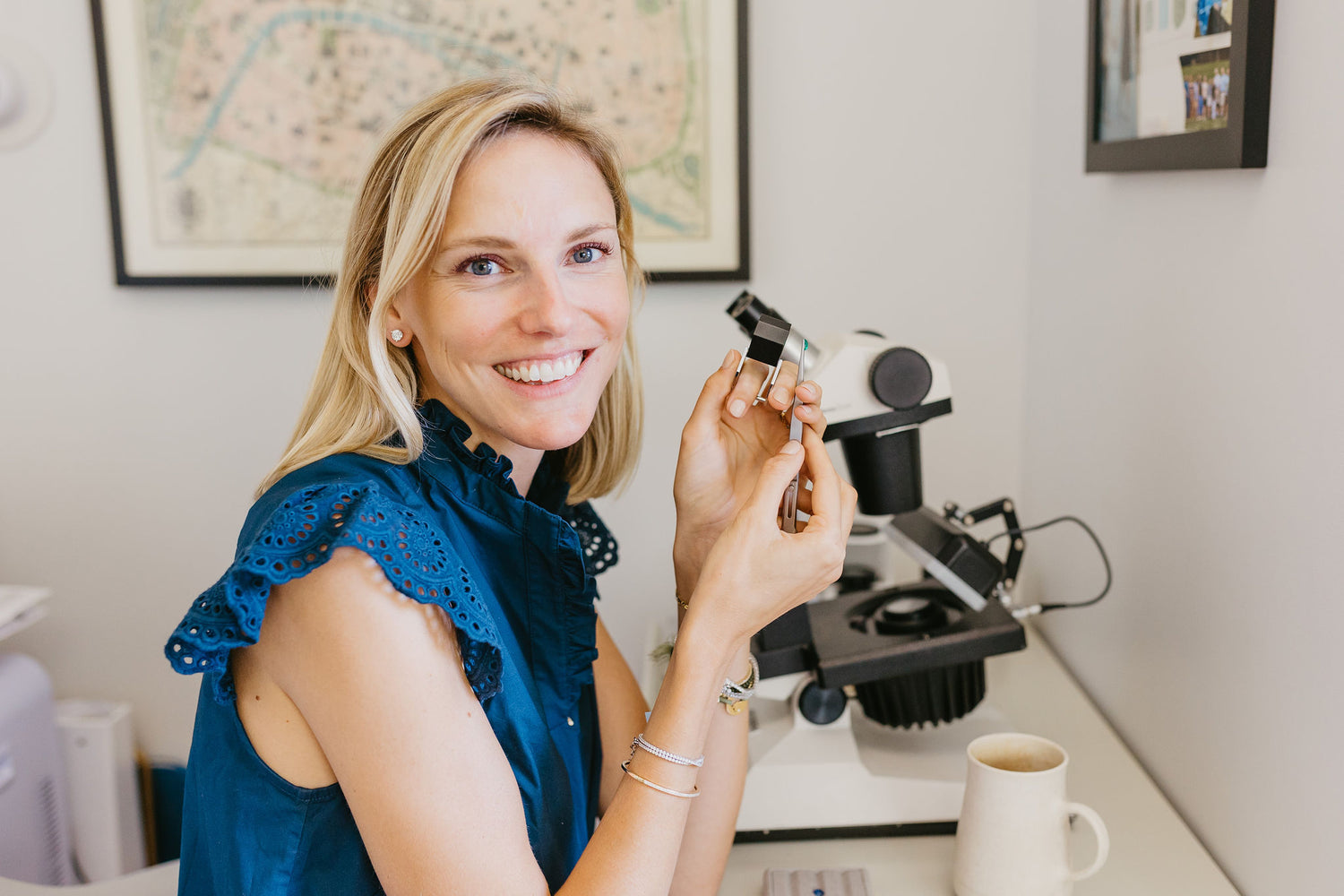Color
Color Grading. The absence of color is what is graded for diamonds, ranging from colorless, D, to light yellow or brown, Z.
GIA started color scale with the letter "D" to deter consumers from using it due to it's poor reputation in the American school grading system. Industry professionals and consumers both use this scale to accurately communicate diamond color grades and it is considered the universal standard in the jewelry industry.
Diamonds are colorless when graded D, E, and F, near colorless at G, H, I, and J, and begin to show slight color with K and lower grades. Diamond's color is due to trace elements. Diamond's are composed of Carbon, but when trace elements make up some of their composition during formation, they take on some impurities, causing color. Nitrogen causes yellow diamonds, Boron causes blue diamonds.
Diamonds will not change color over time, but they will reflect the color that surrounds them, so a colorless diamond set in yellow gold will look more yellow than if it was set in white gold or platinum. Yellowish diamonds will look less yellow if they're set in yellow gold. These are things I can help guide you in when making your diamond decisions.
Fluorescence. About 35% of stones fluorescent under ultraviolet light, and most fluoresce blue, although yellow, purple and orange can occur as well. Diamonds with strong fluorescence can appear oily, but a faint fluorescence can cause your diamond to seemingly glow from within. In more yellow-y stones, a slight blue fluorescence can counteract the yellow to make the stone seem colorless.
Fancy Colored Diamonds. Fancy colored diamonds (pink, blue, yellow, orange, red, and green) are graded on a different scale based on saturation and tone. The more saturated and deeper the tone of a stone, the more rare and therefore expensive.

